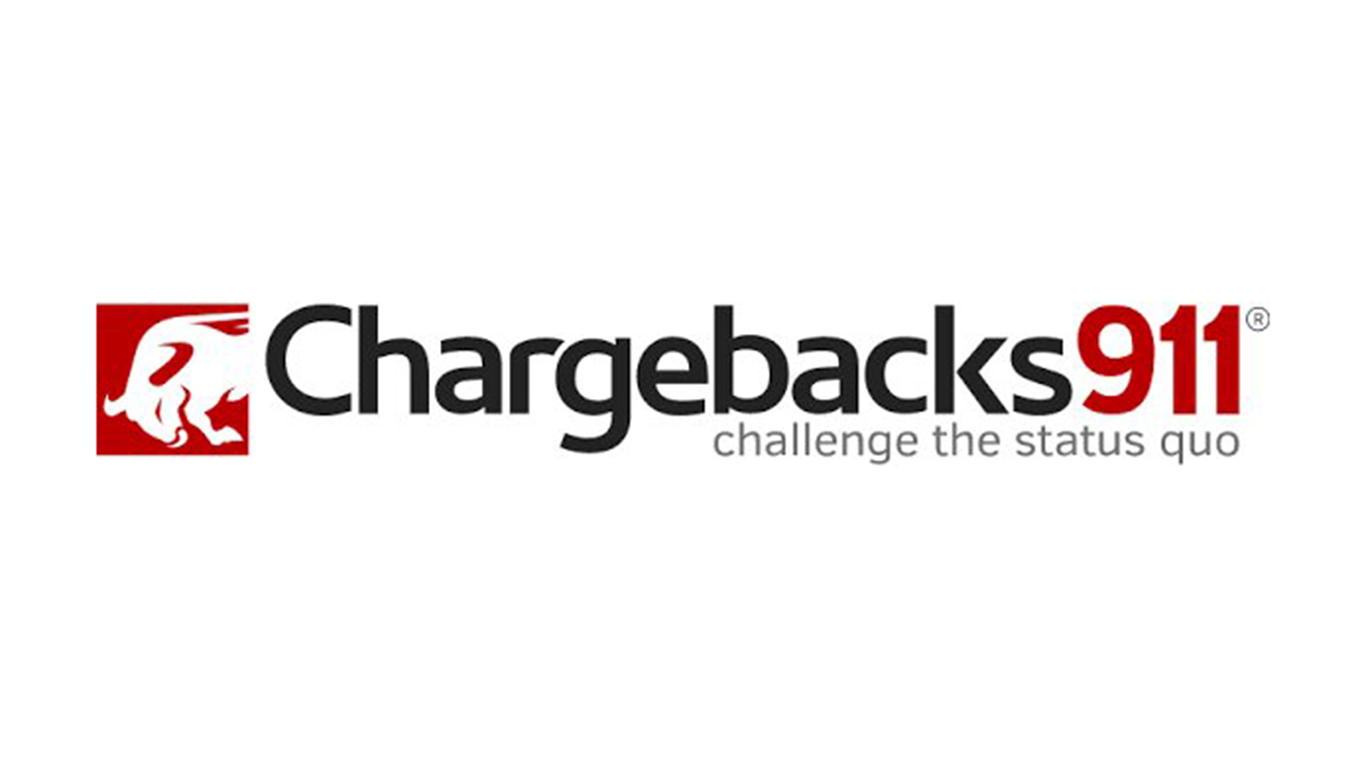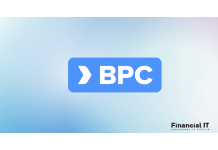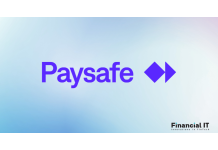Visa Helps Launch New Digital Wallets in Europe
- 02.12.2025 08:25 am
Airwallex Becomes a Principal Member of EPI to Bring...
- 18.11.2025 09:15 am
Banca Transilvania and BPC Deliver Romania’s First EU...
- 14.11.2025 10:35 am
Singapore Gulf Bank Selects Fireblocks to Power Secure...
- 04.11.2025 12:05 pm
Klarna Launches Flexible Debit Card and Digital Wallet...
- 16.10.2025 09:35 am
Mesh Announces Mesh AI Wallet At TOKEN2049
- 02.10.2025 01:45 pm
Nedap Enables Mobile Credentials in Google Wallet
- 16.09.2025 09:35 am
Rappi and AstroPay Launch Latin America’s First Super-...
- 27.08.2025 08:25 am
BPC Publishes New Guide to Help Financial Institutions...
- 20.08.2025 10:05 am
Introducing The Credas Compliance Wallet
- 10.07.2025 04:15 pm
Paysafe Launches PagoEfectivo Wallet In Peru
- 10.07.2025 09:45 am
Payfinia Brings Paze Digital Wallet To Community...
- 10.07.2025 07:50 am























